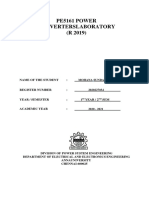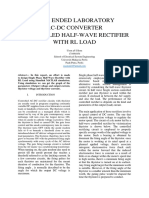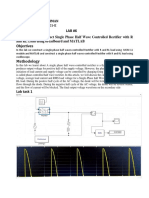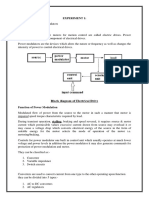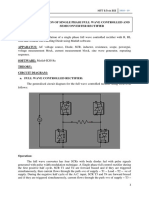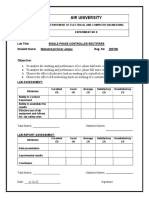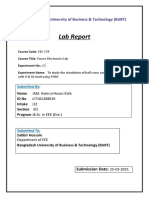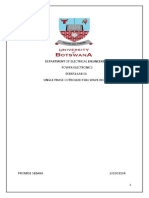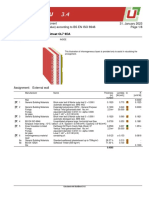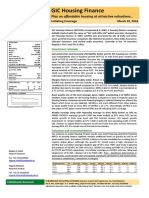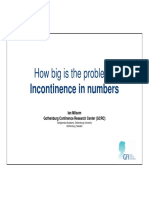0% found this document useful (0 votes)
7 views20 pagesSimulation Lab
Uploaded by
prashantsahu1147Copyright
© © All Rights Reserved
We take content rights seriously. If you suspect this is your content, claim it here.
Available Formats
Download as PDF, TXT or read online on Scribd
0% found this document useful (0 votes)
7 views20 pagesSimulation Lab
Uploaded by
prashantsahu1147Copyright
© © All Rights Reserved
We take content rights seriously. If you suspect this is your content, claim it here.
Available Formats
Download as PDF, TXT or read online on Scribd
/ 20
